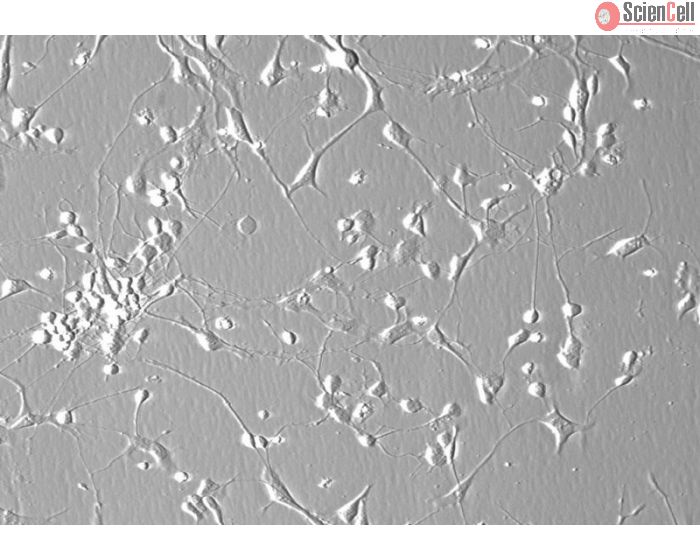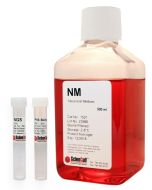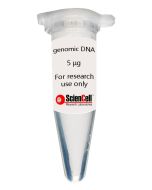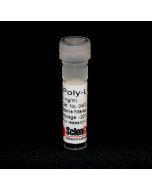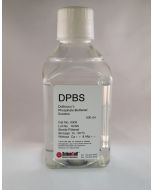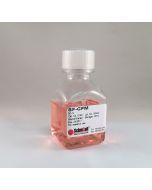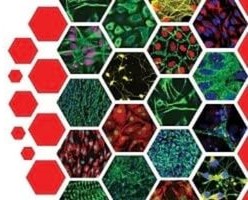Human Cerebellar Granule Cells
Catalog No.
1530
Isolated from human cerebellum. HCGC are cryopreserved at P0 and delivered frozen. Each vial contains >1 x 106 cells in 1 ml volume.
$858.00
Out of stock
